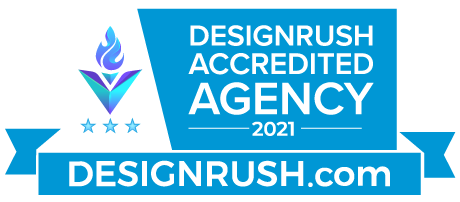If you’ve ever heard or used the phrase “don’t put all of your eggs in one basket”, you can now start to apply it to your market research approach. With so many options for first and third-party information available, it’s important to think through what to use when and why it fits where.
Perhaps we should begin with a review of first-party vs third-party data.
First-party data is anything you collect yourself, through written or digital surveys, focus groups, reviews, online form fills, contact us forms, contest entries, etc. Once collected, you own this data and are welcome to scrub it, match it, clean it, analyze it, extrapolate it, append it, upload it, save it, deduplicate it…however the mood strikes. Having first-party data is like data gold. Aside from the issue of needing consistent updates, the benefits of a business owning first-party data can be immense for marketing and growth purposes.
Third-party data is quite different. Third-party data is data that you do not collect yourself, thus do not own outright. This is data that can be acquired or purchased by your organization, but that has been collected and likely mined by a 3rd party – outside of your organization. Third-party data comes in handy when you do not have the staff or skills to collect and/or mine data in-house. Typically, this data is not cheap and comes with restrictions for use but is better than having none at all.
Both first- and third-party data have advantages and disadvantages. Return on investment should be considered for each with time and capacity being weighted heavily as investment components. If your organization does not have the time or staff to collect, clean, and analyze first-party data, then third-party data might be your ticket. However, third-party data is not cheap, requires consistent updating and most time cannot be re-sold. On the other hand, third-party data does allow for a quicker head-first dive into the pot of gold…that is, if the front-end user interface is done well.
I am lucky enough to have access to both types of data at Trib Total Media that helps me to assist advertisers and journalists with their data needs. This brings me back to the original spirit of this post – which is multi-source market research data. When I’m working on a research project, I try to first make a mental list of all available sources of data that are likely to add value to the project. I continue to make an outline and brainstorm based on those available sources. Different data sources are unlikely to ever produce the exact same results. That is because every source has its own unique methodology. The idea is to use this to your advantage to create a more complete picture using multiple sources of data.
Of course, sourcing is non-negotiable. Sourcing each use of data is not only important for the end-user, but for you when it’s time to revisit and update any information that you have provided. Having the source right there allows you to check that source again in the future for a simple update rather than a complete re-design of the research project.
Using multiple data sources allows you to expand the project beyond one single source of information and creates opportunities for tying multiple viewpoints together. Give your research projects a lift by fitting the puzzle pieces together through multiple data sources and presenting the data through a story that connects the dots while creatively highlighting the important information that the end-user seeks.
Let us use our multiple data sources to assist you and your business with whatever marketing needs you to have. We’ve got the data, multiple sources of it, let us go to work for you. Fill out the form below to get started!







